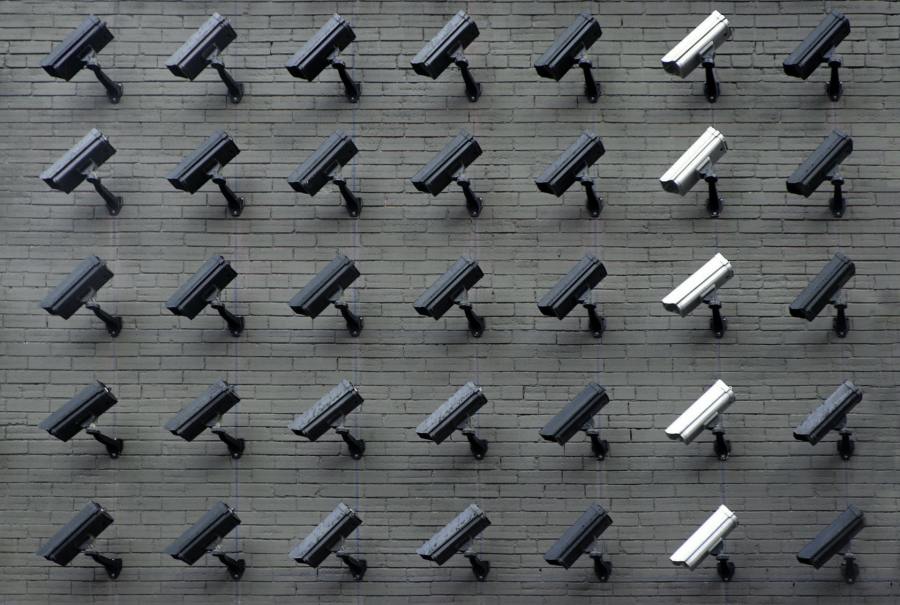Workplace surveillance is nothing new, but what happens if the workplace is someone's home?
For those employers and employees lucky enough to be able to do so, working from home has become the new normal due to the pandemic. Today, many employers are considering the possibility of permanent ongoing work from home arrangements. Inevitably, this will mean many make use of surveillance software to track employees’ productivity and output and maintain accountability.
Workplace surveillance is no new phenomenon. Employers have been using common workplace surveillance technology to monitor employee performance and conduct for as long as it has been available. This technology includes CCTV, GPS, email content monitoring and swipe card tracking.
CCTV surveillance was the topic of a recent Fair Work Commission unfair dismissal decision concerning an employee of a Krav Maga gym in Bondi. The employee was dismissed after his boss used his mobile phone to remotely access CCTV footage from surveillance cameras in the Bondi gym and saw that the employee was using his mobile phone at a time when he should have been supervising a class. The boss then conducted a thorough investigation of the CCTV records, which revealed more inappropriate mobile phone use. The employee was dismissed on that basis.
But the new normal brings fresh challenges for employers in monitoring employee performance and conduct, including adapting to different means of workplace surveillance. Installing CCTV cameras and bundy systems in the homes of employees is not practicable or reasonable. Instead, employers are turning to sophisticated productivity and employee output monitoring software to track the amount of time employees are actually working from home, and what they are working on.
Of course, sophisticated forms of workplace surveillance, especially in circumstances where the workplace extends to the home, raise questions about privacy and legality. It also blurs the line between trying to ensure productivity and accountability and snooping.
Unsurprisingly, the law has not been able to keep up with the rapidly increasing sophistication of workplace surveillance technology. NSW and the ACT are the only jurisdictions in Australia with dedicated workplace surveillance legislation – the Workplace Surveillance Act 2005 (NSW), and Workplace Privacy Act 2011 (ACT). Those Acts limit an employer’s ability to monitor the electronic activities of an employee unless the employee has written notice in advance, and the surveillance is carried out consistently with the written notice.
The NSW Act and ACT Act also regulate disclosure of any material collected through workplace surveillance. If an employer has obtained information after surveillance that was properly notified, the employer must ensure that the surveillance records are not used or disclosed unless such use or disclosure is (among other things) for a legitimate purpose of employment, or legitimate business activity or function of the employer.
While there is no workplace surveillance legislation in other jurisdictions, it is best practice for employers in those jurisdictions to implement transparent measures for workplace surveillance as a baseline.
This time presents employers and employees with new challenges when it comes to working from home. The rights of employers to protect their legitimate interest through workplace surveillance must be balanced with considerations of employee privacy and confidentiality. It is important for employers to comply with relevant surveillance and privacy laws when implementing workplace surveillance methods such as productivity monitoring software.
Employers should:
- include a comprehensive workplace surveillance clause in their standard contract of employment, which makes it clear that it is a condition of employment that the employee agrees to the employer undertaking workplace surveillance;
- implement a robust workplace surveillance policy; and
- ensure that they only use information or material collected through the use of workplace surveillance for a legitimate purpose of employment or legitimate business activity or function of the employer.
This is an edited version of an article that appeared in the July 2020 edition of HRM Magazine.
All information on this site is of a general nature only and is not intended to be relied upon as, nor to be a substitute for, specific legal professional advice. No responsibility for the loss occasioned to any person acting on or refraining from action as a result of any material published can be accepted.
 Client portal
Client portal







